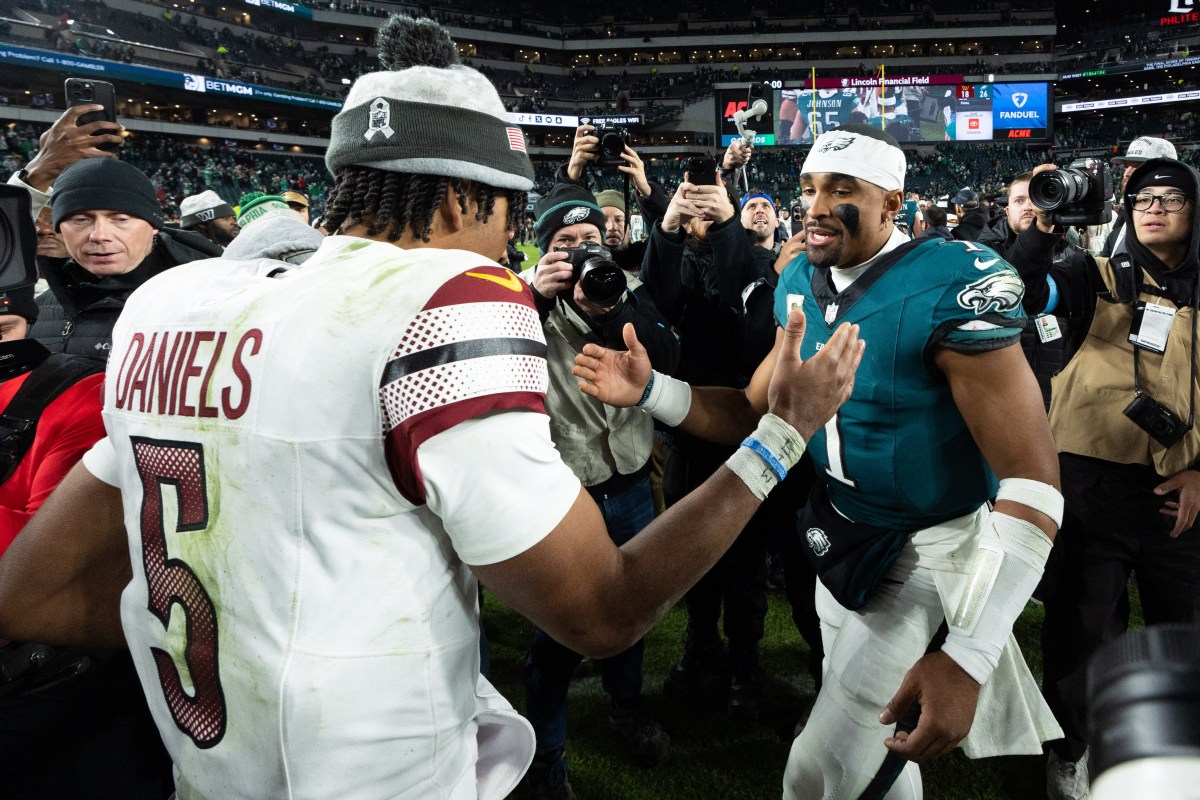The job of bank teller used to be one of the fastest-growing occupations in America, reaching a peak of 531,000 jobs in 1980 and trailing only computer operators and specialists in growth rate during the 1970s.
Now technology lets bank customers tap their smartphone screens to transfer money between accounts or deposit checks — activities that used to require walking into a branch and talking with a teller.
Yet unlike other jobs that fell victim to technological disruption — think video store clerks or photo developers — bank tellers aren’t headed the way of the dinosaur just yet.
» MORE: Decaf with your deposit? Bank branches transform into cafes, more
Customers still visit bank branches
Visiting a bank branch is still the most common way to interact with a bank, with 84% of account holders responding to a 2016 Federal Reserve survey saying they had gone to a branch in person and spoken to a teller in the past year. A little over 70% said they had used online banking and 38% had used mobile banking.
With the share of people using mobile banking continuing to grow, the number of bank tellers is expected to decline over the next few years, but not drastically. The Bureau of Labor Statistics estimates a nearly 8% decrease in their numbers from 2014 to 2024, from 520,000 to 480,000.
» MORE: This is what the ATM of the future will look like
Part of the reason may be that mobile banking still isn’t serving all of bank customers’ needs — even those of digital-savvy millennials. A 2016 study by management consulting firm Bain & Company found that 84% of bank customers ages 18-34 reported having gone to a teller in the previous quarter, not far behind the 92% of respondents 65 and older who did so.
The study found that 42% of younger customers who frequently visited a teller had tried to complete their banking transaction elsewhere — online or through mobile or a call center — before going to a teller. Of all people surveyed who were unable to successfully carry out their transaction digitally, over a third cited technical issues.
Technology leads to changing roles
For this reason, large banks are working to boost the user-friendliness of mobile banking apps — and redefining the traditional role of the bank teller.
Bank of America, for example, has stationed “digital ambassadors” at bank branches who help customers specifically with digital banking questions, bank spokeswoman Lucie Fernandez says. These ambassadors walk around with smartphones and tablets, like assistants at Apple’s Genius Bar, and demonstrate to customers digital options like remote check deposit.
In a further move away from their traditional role, tellers increasingly will shift to hybrid roles, says Dong Hong, vice president and senior counsel of the trade group Consumer Bankers Association. Tellers will be able to help customers with specialized bank products like loans, in addition to routine services such as cashing checks and dispensing money.
Bank teller assistance may also be available through online channels, increasing the hours that tellers would be available. “They could potentially do it all,” he says.
A move toward artificial intelligence
As banks adapt to customers’ changing needs, they’re employing artificial intelligence to help deliver some of the customer service that tellers traditionally provided.
Bank of America is among the companies using cutting-edge technologies like banking chatbots — conversational assistants powered by artificial intelligence and predictive analytics that can answer basic banking questions like “What is my account balance?” or highlight spending patterns via text. Wells Fargo in February announced a major push for AI-focused personalized customer service that would, for example, send customers text messages alerting them that they don’t have enough in their account to cover an upcoming car payment.
While technology continues to make banking more convenient and accessible to customers, banks seem to understand its limitations. “What AI cannot do,” Wells Fargo spokeswoman Lauren Terreros says, “is replace the personal touch of a human banker.”
» MORE: Best online checking accounts
Amber Murakami-Fester is a staff writer at NerdWallet, a personal finance website. Email: amufe@nerdwallet.com.
This article was written by NerdWallet and was originally published by USA Today.
The article Why Bank Tellers Won’t Become Extinct Any Time Soon originally appeared on NerdWallet.



















